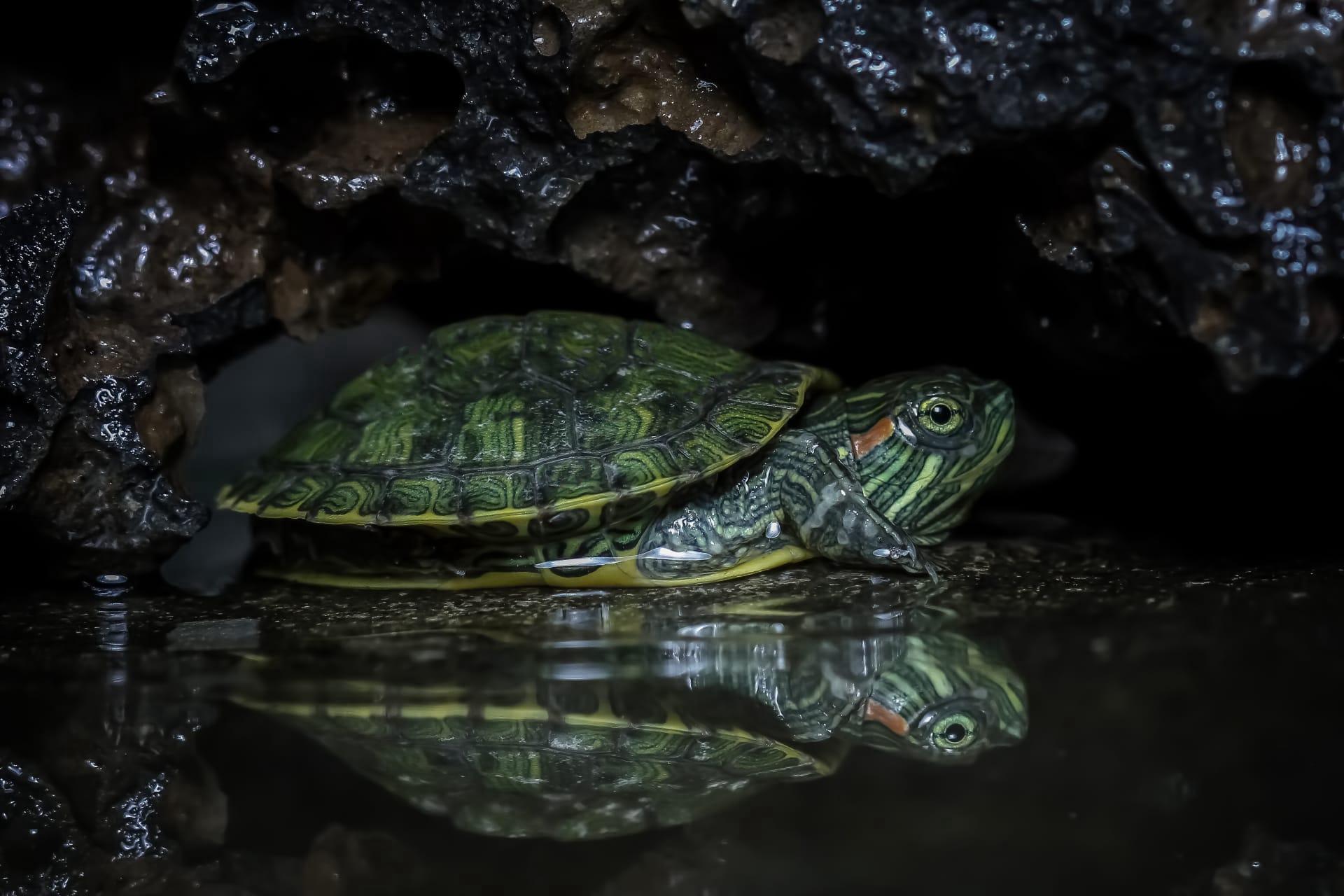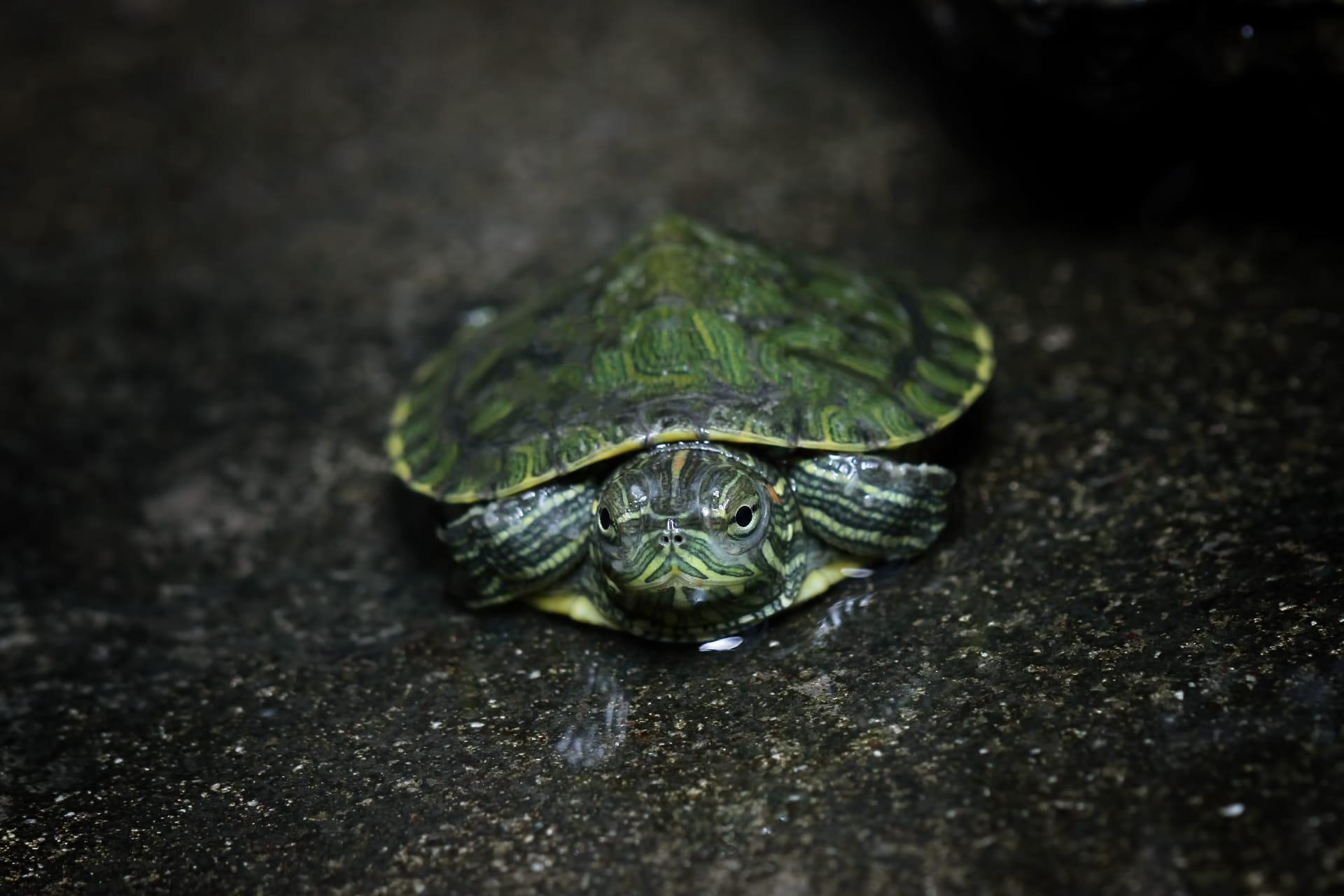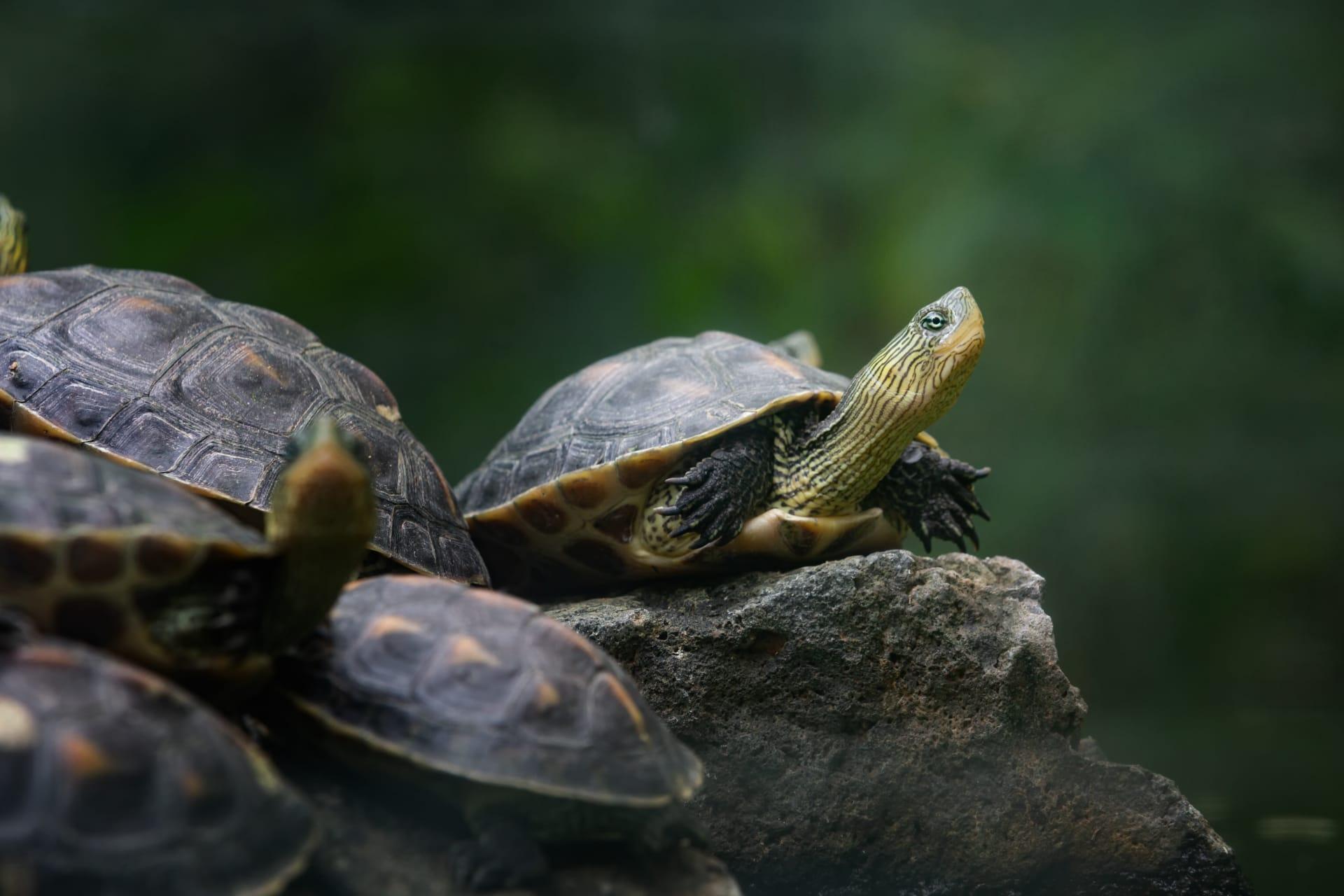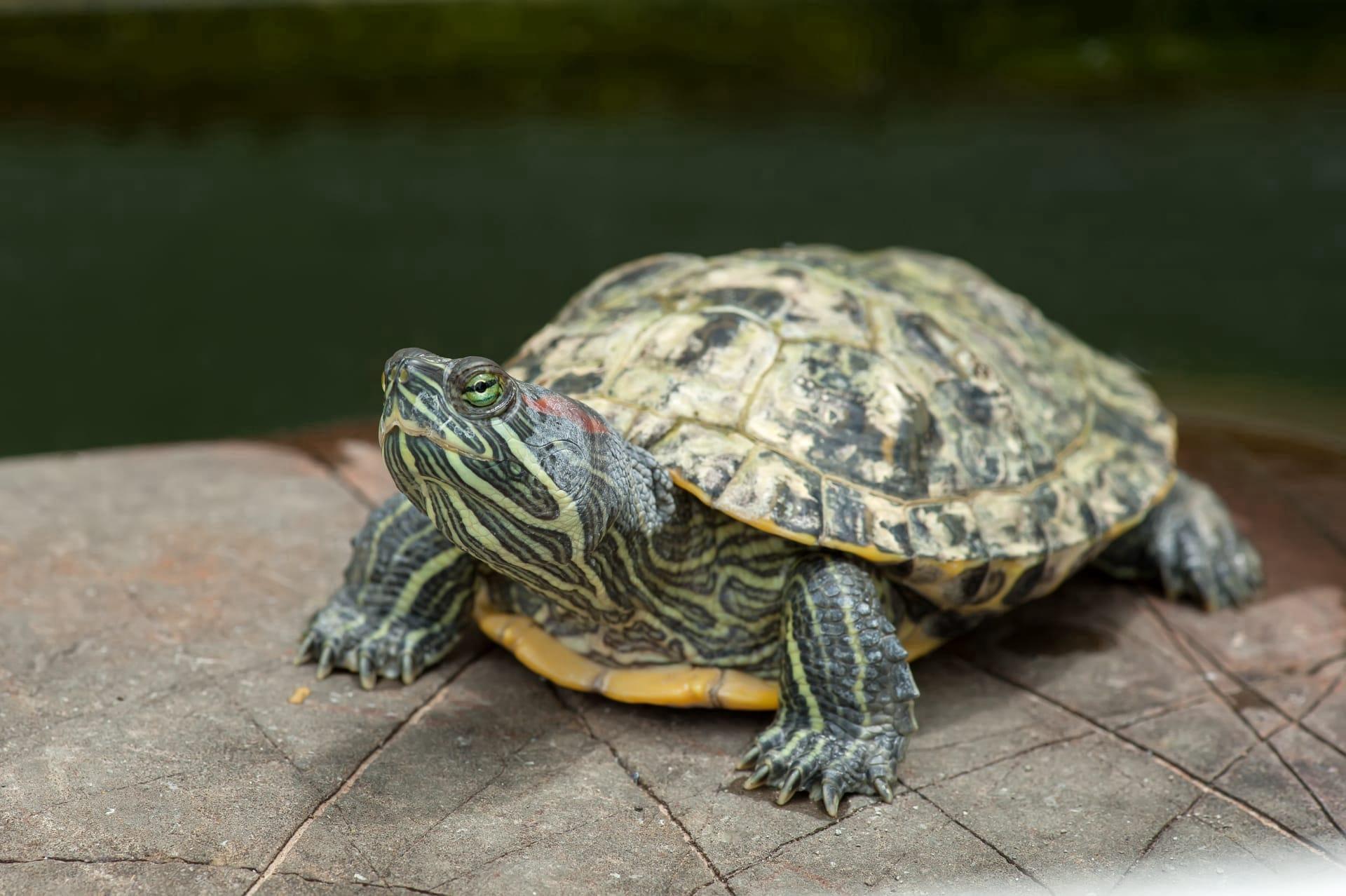1
Tortoises, known for their distinctive shells, exhibit a fascinating range of sizes. The largest species, the Galapagos tortoise, can weigh over 900 pounds (about 408 kilograms) and grow to be over 5 feet (1.5 meters) long. In stark contrast, the smallest species, the Speckled Padloper tortoise from South Africa, barely tips the scales at 3 ounces (85 grams) and measures a mere 3 inches (7.6 centimeters) in length. This incredible size disparity highlights not only the adaptability of tortoises to different environments but also the vast diversity within the species.
Tortoises have an impressive lifespan, often living longer than humans. The record for the oldest known tortoise is held by an Aldabra giant tortoise named Adwaita, who lived for an estimated 255 years. These long lifespans are attributed to their slow metabolism and a life free from the stress of predators, once they reach a certain size. This longevity contributes to the tortoise's symbolic representation of wisdom and endurance in many cultures around the world.

2
Tortoises are known for their slow movement, but this pace serves a practical purpose. Their slow metabolism means they require less energy to survive, allowing them to thrive in environments with scarce food resources. This adaptation is particularly useful in arid or island habitats, where food and water can be limited. Their slow and steady nature means they can conserve energy, which is vital for their survival in such challenging environments.
The tortoise's shell is not just a protective armor; it's a part of their skeleton, made up of over 50 bones including the ribs and spine. This shell is unique in that it grows with the tortoise throughout its life, providing a strong defense mechanism against predators. The shell's design also helps regulate body temperature, as tortoises can bask in the sun to warm up or retreat into their shells to cool down. This incredible feature shows how the tortoise’s anatomy is perfectly adapted for survival.

3
Tortoises display a remarkable ability to navigate their environment, often traveling long distances to find food or mates. Research has shown that they possess a strong sense of direction and can remember routes to various locations. This navigational skill is essential for their survival, especially in the wild where food sources can be spread out over large areas.
Another interesting aspect of tortoises is their communication. While often perceived as silent creatures, they actually use a variety of sounds to communicate. These sounds include hisses, grunts, and, in the case of some species, even vocalizations that resemble a bird's chirp. These sounds play a crucial role in their social interactions, especially during mating seasons, and help to establish dominance hierarchies within groups.

4
Tortoises are herbivores, with a diet consisting primarily of grasses, fruits, and vegetables. However, their dietary preferences can vary significantly depending on their species and habitat. For instance, some tortoises are known to consume small stones and bones to supplement their calcium intake, crucial for maintaining a strong shell. This varied diet is essential for their overall health, aiding in digestion and shell development.
The hatching process of tortoise eggs is a unique phenomenon. Unlike many reptiles, some tortoise species exhibit a degree of maternal care, with mothers guarding the nest site to protect eggs from predators. The incubation period can vary greatly, ranging from 90 to 120 days, and is heavily influenced by environmental conditions like temperature and humidity. Upon hatching, the young tortoises are completely independent and must fend for themselves, making their early survival a true testament to their resilience.

5
Tortoises have a unique adaptation in their respiratory system. Unlike many animals, tortoises cannot breathe by expanding their ribcage due to their rigid shells. Instead, they rely on muscle contractions to move air in and out of their lungs. This adaptation is a striking example of evolutionary innovation, allowing tortoises to breathe efficiently despite their protective shell.
Lastly, tortoises play a significant role in their ecosystems as seed dispersers. As they consume various fruits and vegetation, they inadvertently transport seeds across their habitats through their feces. This process aids in plant diversity and the distribution of different plant species across various geographic areas. Tortoises, therefore, contribute not just to their own survival but to the health and diversity of their entire ecosystem.